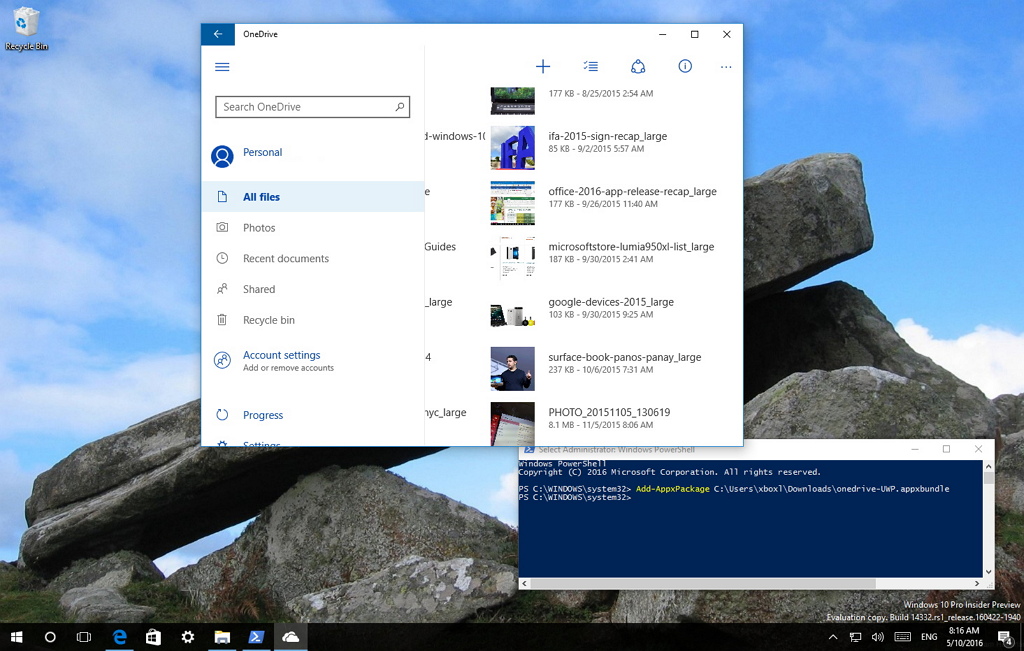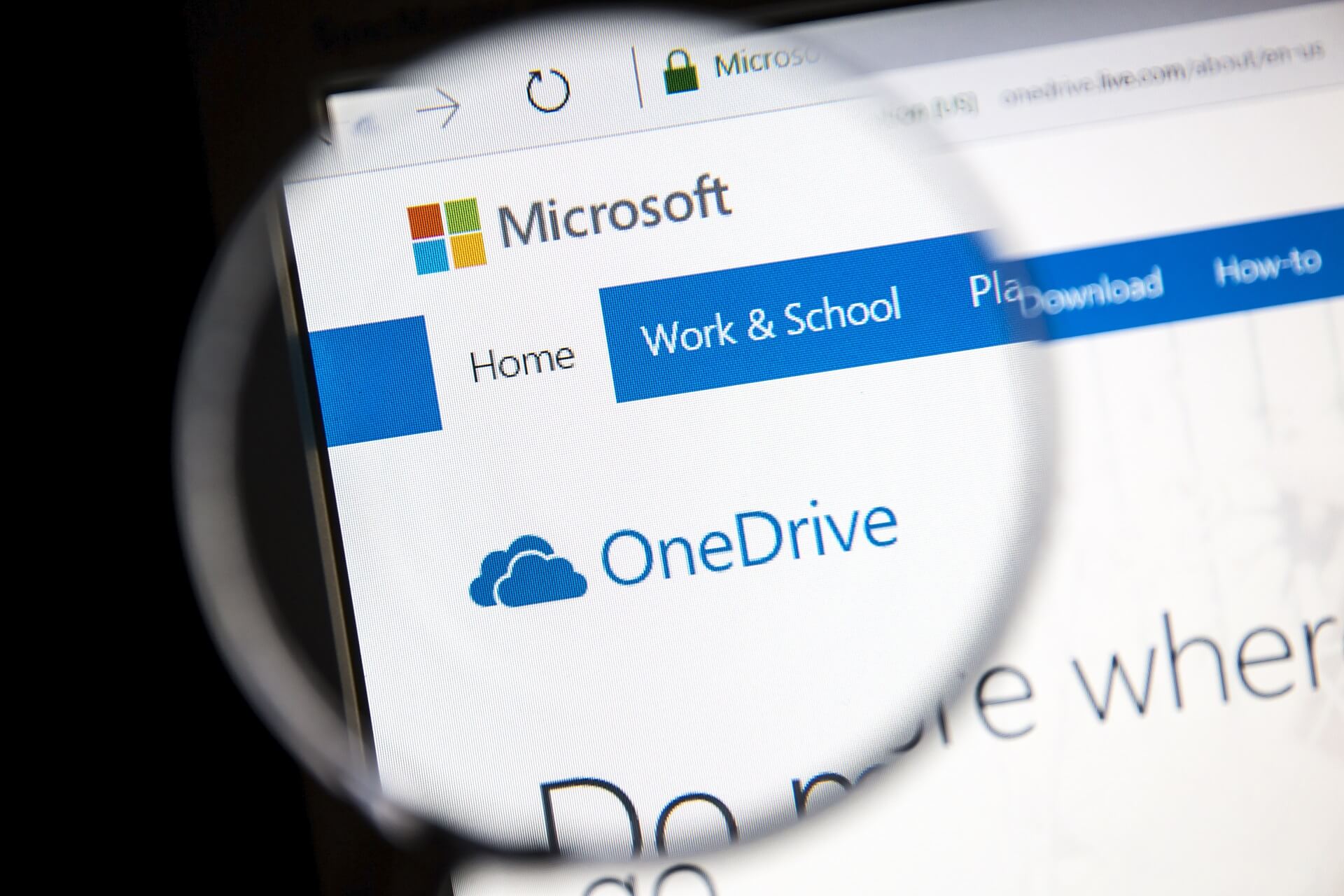
 Search OneDrive and click the top result to open the app. Setting up OneDrive on your device is a straightforward process. However, if this is not the case, or you are setting up the cloud service with a new account, you will need to configure the service manually. On Windows 10, when setting up a new installation, OneDrive is usually automatically configured once you add a Microsoft account to create a system account. Once you complete the steps, you can connect the account to Windows 10 and start using OneDrive. Continue with the on-screen directions to complete the process. Source: Windows Central (Image credit: Source: Windows Central) And since the data is stored in the cloud, you can use it as a data recovery mechanism if the computer breaks or is stolen. Files On-Demand is also another cool feature that allows you to access all your files without downloading them, saving a lot of local storage.
Search OneDrive and click the top result to open the app. Setting up OneDrive on your device is a straightforward process. However, if this is not the case, or you are setting up the cloud service with a new account, you will need to configure the service manually. On Windows 10, when setting up a new installation, OneDrive is usually automatically configured once you add a Microsoft account to create a system account. Once you complete the steps, you can connect the account to Windows 10 and start using OneDrive. Continue with the on-screen directions to complete the process. Source: Windows Central (Image credit: Source: Windows Central) And since the data is stored in the cloud, you can use it as a data recovery mechanism if the computer breaks or is stolen. Files On-Demand is also another cool feature that allows you to access all your files without downloading them, saving a lot of local storage. 
When setting up the service with a Microsoft account on your computer, you can also sync and roam your system preferences and many settings (including BitLocker recovery keys) across your devices. If you use a Windows 10 device, you get even more features. Also, OneDrive makes it easy to share content with other people and collaborate in real-time using the Microsoft 365 integration. For example, since it works across devices and platforms, you can create a file on one device and pick up where you left off on another (desktop computer, laptop, tablet, or phone) without having to transfer anything to a USB flash drive or email it to yourself, which not only creates extra steps but also creates unnecessary copies. The service works like a traditional external drive, but with the difference that it is available through the internet and offers additional features.






 0 kommentar(er)
0 kommentar(er)
